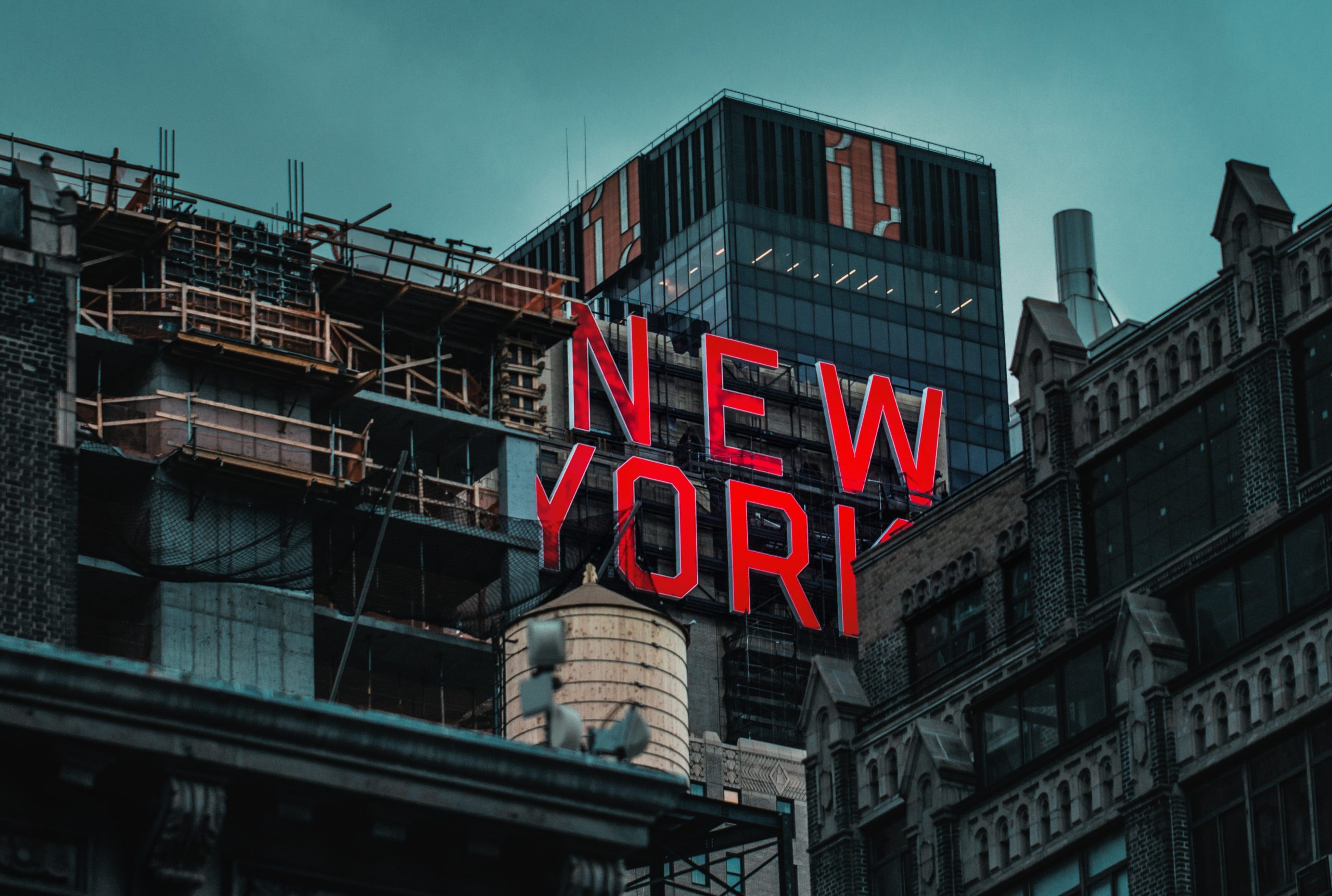Filed under: Anarchist Movement, Critique, Northeast

We are a group of anarchists doing political work in New York City. We choose to remain anonymous due to security and safety concerns.
We agree that struggle is messy and critical analysis is necessary. However, as militants, we believe it is our responsibility to engage in such analysis in a principled way.
An important reality we would like to address regarding context is the size of New York City and the immense amount of variance from neighborhood to neighborhood, or borough to borough. This is a city of nearly 10 million people. For one to put forward a sweeping snapshot of the radical Left in a city this big is dishonest. To claim this kind of understanding and knowledge is presumptuous. Militants should strive to engage in an honest analysis. We are not omniscient.
The author claims that militants were mostly absent from the George Floyd rebellion. There are a multitude of flaws in this analysis. Let’s begin with the basic fact that many of the “typical” militants were present – those we know personally, and those we don’t. Regardless of whether or not we agree with them, know them, like them, work with them, or wish to acknowledge them, the reality is that more militants were present than the ones personally known by, seen, or acknowledged by the author.
Our primary concern is the concept of “proletarian Black youth with no connection to activism.” Not only is this a racial fetishization, but it creates an artificial separation between the militant and the proletarian Black youth. Are there no proletarian Black militants? The idea of the uninfluenced, non-politicized Black youth implies that Black youth aren’t getting educated, reading, joining or forming organizations, or at the very least engaging in some informal way with radical politics – they’re simply acting instinctively. This position reinforces a false hierarchy that places the militant on a higher level than the masses, and, most importantly, erases the Black militant, who is nowhere to be found in the article. We cannot stress how problematic it is that the only two types of Black actors mentioned in the entire piece are either Black youth engaging in spontaneous rebellion, or Black liberals. This is no different than the liberal identity reductionism that the author claims to be contesting.
Next, the author goes on to lay out a narrative that can only be described as a completely made-up context/history. In their version of history, there exists a “NYC anarchist movement” that was allegedly split and feuding during 2018-2019. This is absurd. There is no such thing as a “NYC anarchist movement.” While such a split may have taken place within this particular person’s milieu, we were not privy to the situation. We reject the notion that there existed two primary anarchist factions. During 2018-2019, we were fucking grinding, engaging daily in local political work. Other groups and individuals we know were doing the same. This kind of reduction amounts to an erasure. Humility is necessary here. The world does not revolve around individuals.
The author’s conclusion contains more racial fetishization, this time supplemented by an invocation of the Black Panther Party. While we agree that the Black proletariat is an “organic vanguard,” we take issue with this kind of selective reference to the BPP, who are very often name-dropped out of context to generate political credibility. The BPP were not a product of spontaneous rebellion. They were a heavily organized and serious political formation led by a cadre of Black militants, the likes of which, according to the author, does not currently exist in New York City.
We would like to conclude by recognizing and saluting the Black militants who have been hard at work across NYC, doing their part to build with and help educate the younger generation. Their consistent daily work has helped plant the seeds and lay the groundwork for the recent rebellions. All of this has been erased by an ahistorical and magical view of the current moment.





